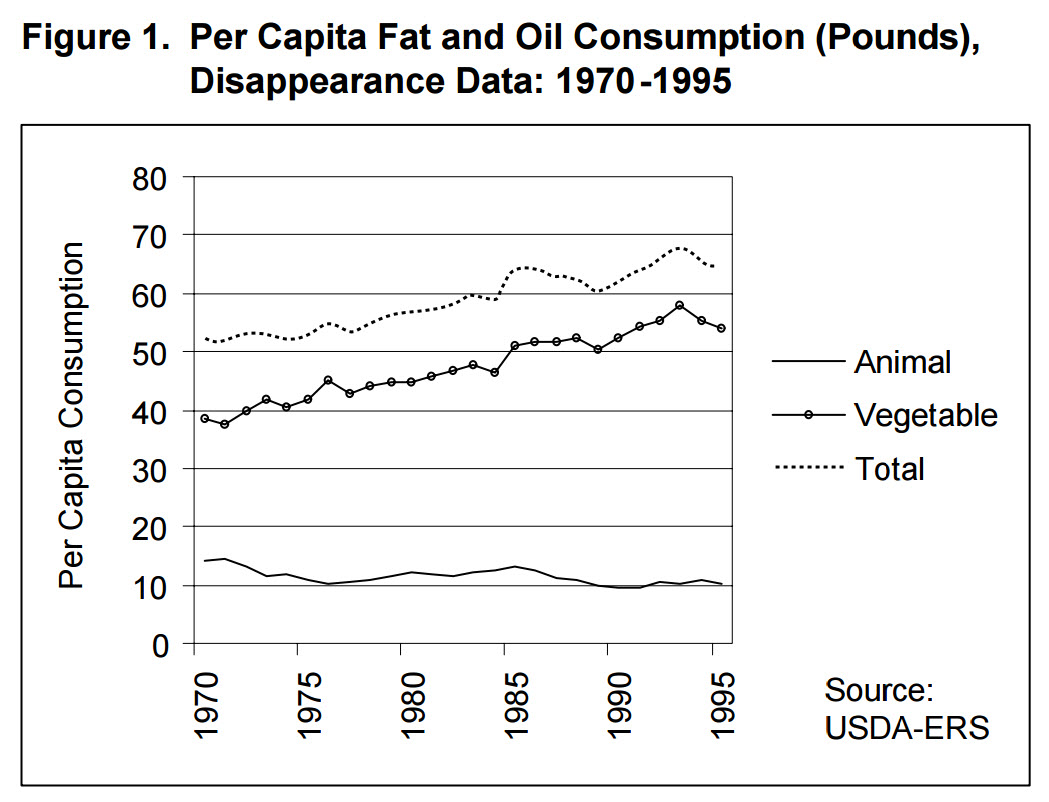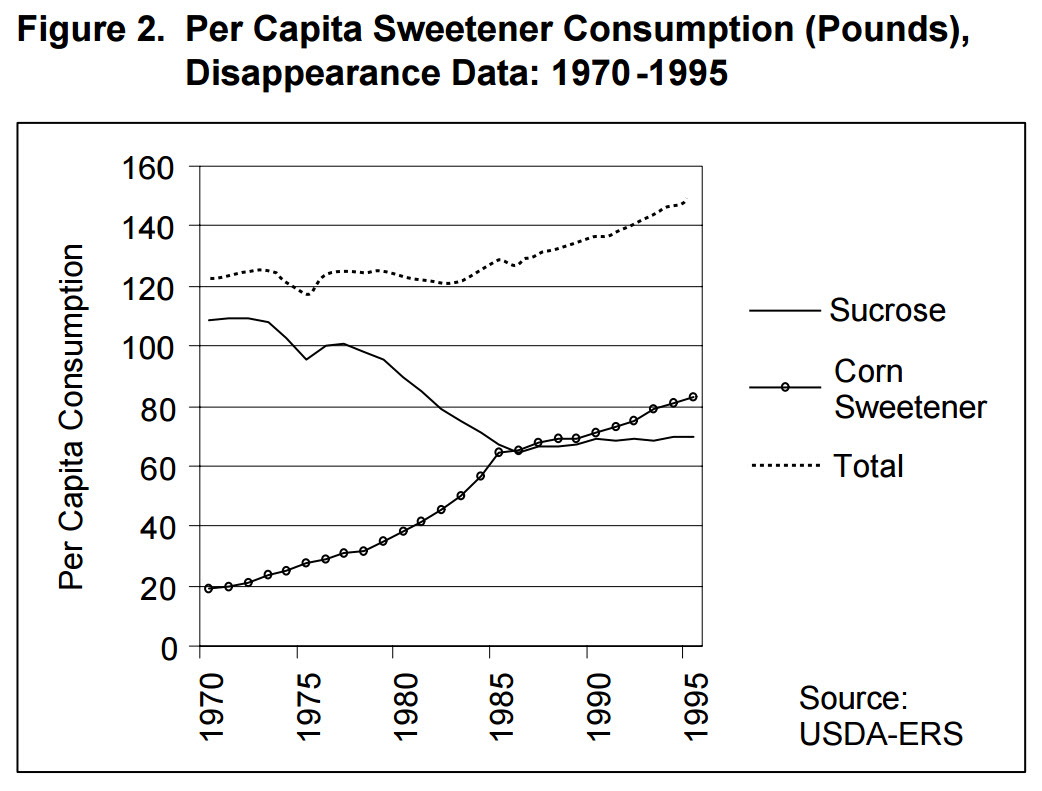Overview
Type II Diabetes Mellitus (T1DM) was formerly referred to as Adult-Onset Diabetes because its insidious onset was usually seen in adults. However, with the current lifestyle and diet seen in today's youth, T1DM is more and more being seen in children in the USA as well.
In T1DM, the pancreas produces adequate (or even elevated) levels of insulin, but cell receptors for insulin appear to have become insensitive to insulin, resulting in derangement of glucose metabolism.
While diet and exercise play an important role in both the cause and treatment of T1DM, conventional medicine relies heavily on the use of drugs to treat T1DM.
Hypothyroid conditions have also been strongly associated with T1DM, and treatment of underlying hypothyroidism has been found to be very effective in addressing T1DM and reducing associated diseases [Starr2005].
Please see conventional, complimentary and alternative medical treatments for important background information regarding the different types of medical treatments discussed on this page. Naturopathic, Complimentary and Alternative treatments that may be considered include:

 diabetic services.
diabetic services.
